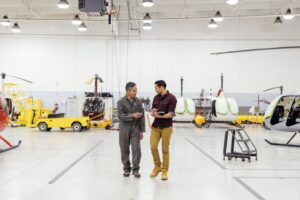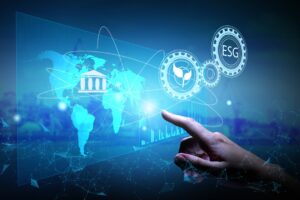The new direction for product designers in today’s digital world
The products that we design today are radically different. And their rate of change has been quite remarkable. Consider that in 2010, the few real smart connected products in our lives seemed completely transformative, but they pale by comparison with what we see in the market today and indeed we are witnessing their further, dramatic evolution into something completely new.
The Internet of Things (IoT)—with its advancements in computing platforms, connected services and capabilities, and devices being able to be joined with other things—is enabling these smart products to now share information and work together.
It’s creating an increase in interdependency between products. And it’s changing the way we think about product design because you don’t need to have an all-in-one product anymore, because you can get it from another.
This is enabling exciting new opportunities and value in consumer products and what they offer us, transforming them into business and lifestyle solutions.
So what fueled such radical change in a short period of time?
Data is the fuel for innovation
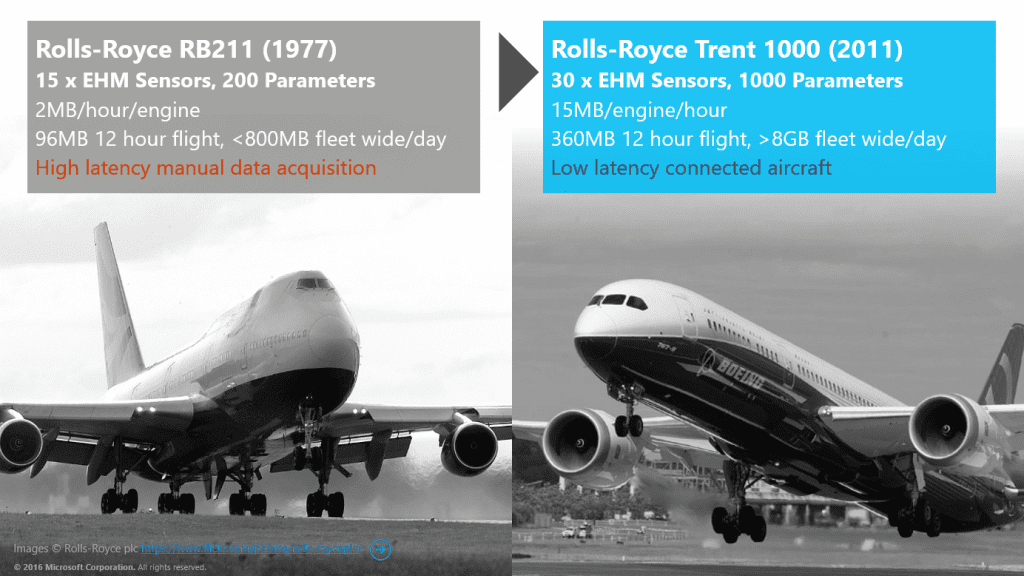
As with products, big data has changed over time.
If you take the aircraft as an example, you can see how, in the above diagram, the 1970s Rolls-Royce engine could collect data, but it was difficult to access by today’s standards, so the value couldn’t be derived easily. Today’s modern engine, in comparison, has double the amount of sensors, five times as many parameters, and 10 times more data being collected. But the key difference is the near-instant accessibility of information. This is the beauty of a connected aircraft.
So what this means for us is that we now have an enormous amount of information at our fingertips. Today, most of this information is focused on predictive and preemptive maintenance. But what happens when you use it for design purposes? This is when it gets interesting.
And it gets even more interesting when you think about designing it into the product in the first place.
The computerization of everything has now brought an enormous amount of computing power and capabilities, for little expense, that can go into your product. Mixed with its connectivity and the data you can now collect; information from products has now become the catalyst for really great innovation.
And it’s not just about the eureka moment that you had or the hours that you spent thinking about something. It can come from the things you learn about the products that you have designed and how they are used in the market. And that information should direct you to what you want to do in the next iteration of your product.
So what does a modern product now look like?
Designing in the modern world
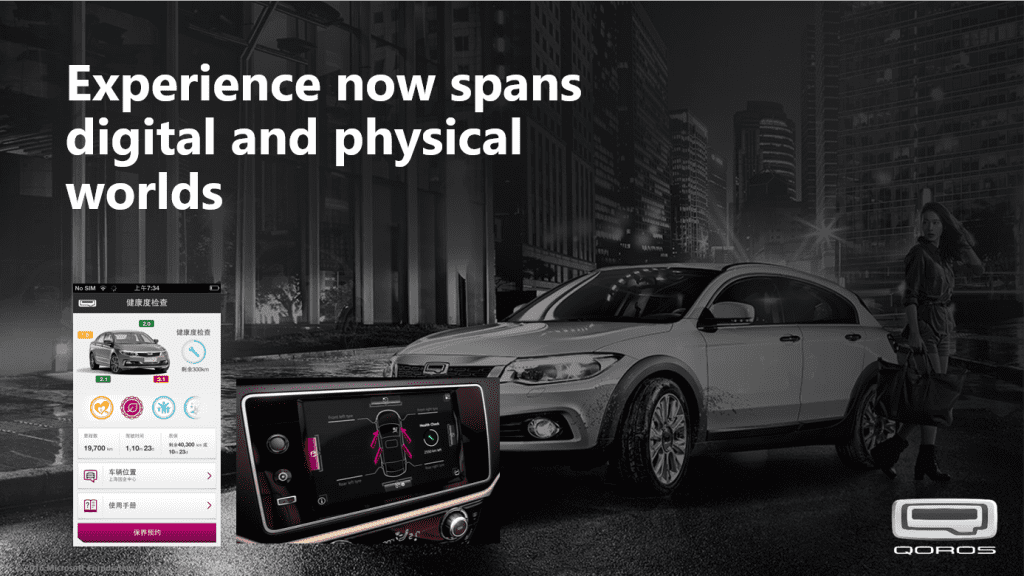
As I mentioned earlier, the physical, all-in-one product that we traditionally thought of has now evolved and become a solution designed to solve problems in our life—those we know about and those we don’t yet know how to articulate.
These solutions have three key components: a proper computing platform, services that can expand beyond the physical product for extra value, and an ability to be joined with other things for interactivity. A great example of a company who built from the ground up for digital is Qoros Automotive, providing an industry blueprint with its forward-thinking, award-winning connected car.
Another element that Qoros’ solution, and others like it, has is a digital experience that goes with it, and one that seamlessly integrates with the physical world.
This is currently a largely untapped opportunity for designers to think much further beyond the physical attributes of the product to the digital component. Watch this video with Volvo Cars to see how far you can take things when you take control of the digital experience.
The future of design
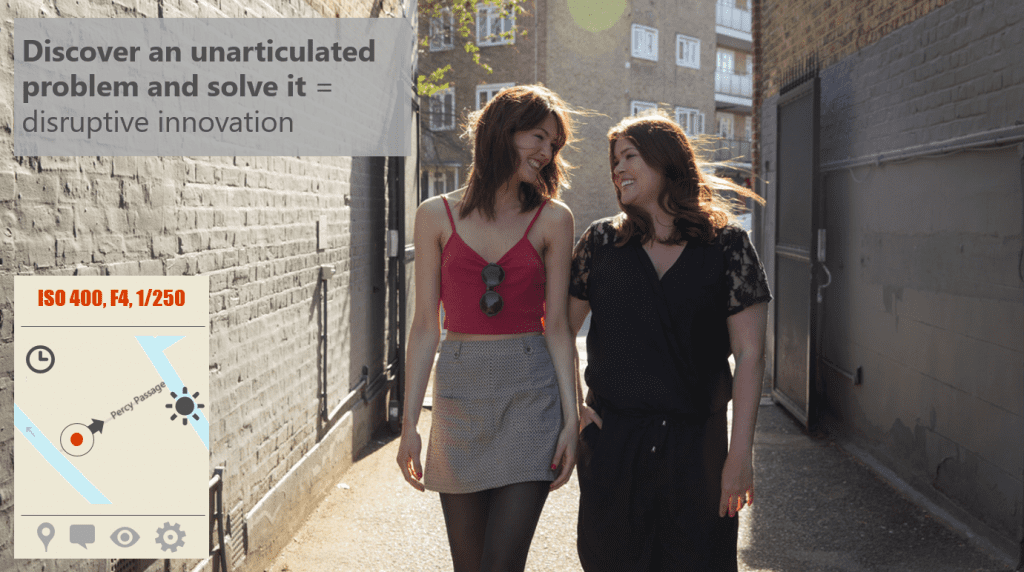
So as design moves forward in today’s connected world, it really comes down to designing for this convergence—designing a whole solution and this end-to-end experience that spans both the physical and digital world in a seamless and personal way. This really brings the designer closer to the customer than ever before.
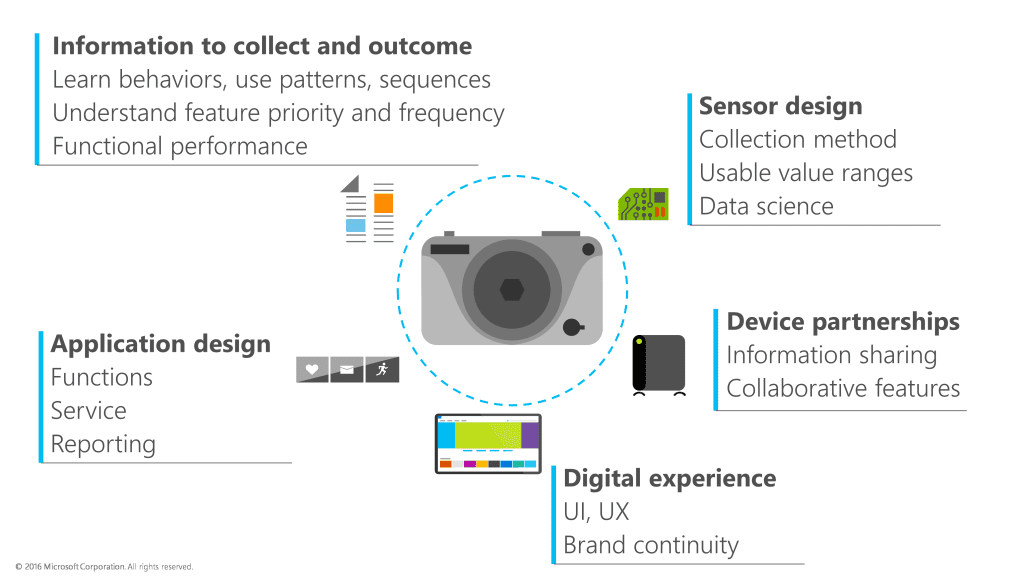
And by tapping into the unprecedented amounts of information now available, a lot of people, myself included, think that discovering an unarticulated problem and solving it through a solution will define “disruptive innovation” because you’ve uncovered something unique or novel; something people can’t articulate but solves a problem, creates convenience or adds value in a meaningful way.
I absolutely believe there is going to be a new class of global leader that will come forward to fulfill this vision. A new breed of design & engineering leaders who understand this opportunity and see the vision for creating great solutions. A next generation of innovators that understand how to design a system that they can learn from to help get to where they need to be; and to design a solution and experience so seamless and valuable that it’s one a customer can’t live without.
It’s truly one of the most exciting times to be a designer, and I look forward to what the future brings!
If you’d like to learn more, I predict more about what lies ahead for designers and engineers in this article in Develop3D, and watch a replay of my presentation on the main stage at Develop3DLive. And for additional technologies and tools that are making a positive impact on the design process, check out some of the resources below.
LinkedIn: Simon Floyd
Twitter: @FloydInnovation
Discover More:
- Preconfigured solutions for quick start
- Partners to help accelerate your programs
- Demos: remote monitoring & predictive maintenance
- Business Intelligence with Cortana digital assistant
- Get started and quick start
- Customer examples
- Build an IoT Device such as Raspberry Pi 3 with Windows 10 IoT



